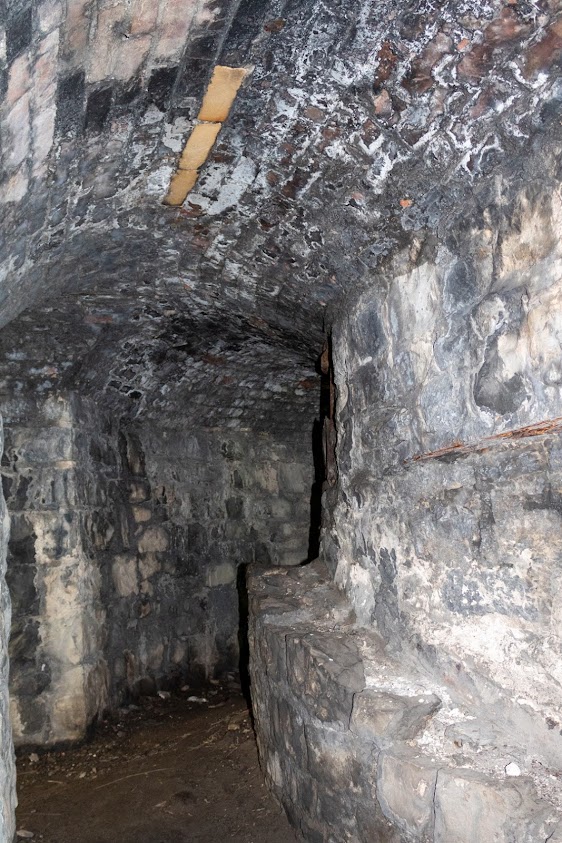In 2006, the local council refused permission for the statues to remain at the beach in Merseyside however this decision led to the establishment of The company Another Place Ltd which campaigned for the figures' permanent installation.
 |
| Click on any image for larger size |
In March 2007, permission was granted for Another Place to remain at Crosby Beach permanently.
There is little doubt that these once-controversial figures have led to an increase in tourism to the beach.
Describing the work Antony Gormley stated
"I always wanted this to be an open work. The sculptures that comprise ANOTHER PLACE are not statues of ideal or heroic figures from history, they are simply copies of my own body that I used to indicate a human space in space at large."
"Another Place harnesses the ebb and flow of the tide to explore man's relationship with nature. He explains: The seaside is a good place to do this. Here time is tested by tide, architecture by the elements and the prevalence of the sky seems to question the earth's substance. In this work, human life is tested against planetary time. This sculpture exposes to light and time the nakedness of a particular and peculiar body. It is no hero, no ideal, just the industrially reproduced body of a middle-aged man trying to remain standing and trying to breathe, facing a horizon busy with ships moving materials and manufactured things around the planet".
"I can remember the day after we finished the installation in Liverpool, every single work, through its wristband, had a rose in it with a tag on it saying Make Poverty History".
 |
| Click on any image for larger size |
The statues have been subjected to corrosion and colonization of marine animals as well as trash from the sea over the years.
In 2012, biologists from the University of Liverpool studied the colonisation of the statues by sessile intertidal organisms, such as invasive species of barnacles.
There is also a similar sculpture by the artist called Horizon Field.
Horizon Field was erected in 2010. The installation features 100 life-sized cast iron statues of the human body left at exactly 2,039 m (6,690 ft) above sea level in the Austrian Alps. It is the first art project of its kind erected in the Alps and the largest landscape intervention in Austria to date. The work covers an area of 150 square kilometres (58 square miles) in the Land Vorarlberg.
Although I have tried to capture the feeling of this work of art being there gives a whole new feeling of belonging. The huge area that is covered by this work. The work covers a distance of almost 3km, with the pieces placed 250m apart along the tide line, and up to 1km out towards the horizon.
Google Reference: -
53.49540914869752, -3.059778636907985
What Three Words reference: -
///buns.rapid.petty
OS Details: -
SD 29743 00476
Additional information.
Visiting is very easy with a large car park. (53.496091062048464, -3.0581922009735023)
There are public toilets in the car park.
A full list of blogs can be found at my website





































